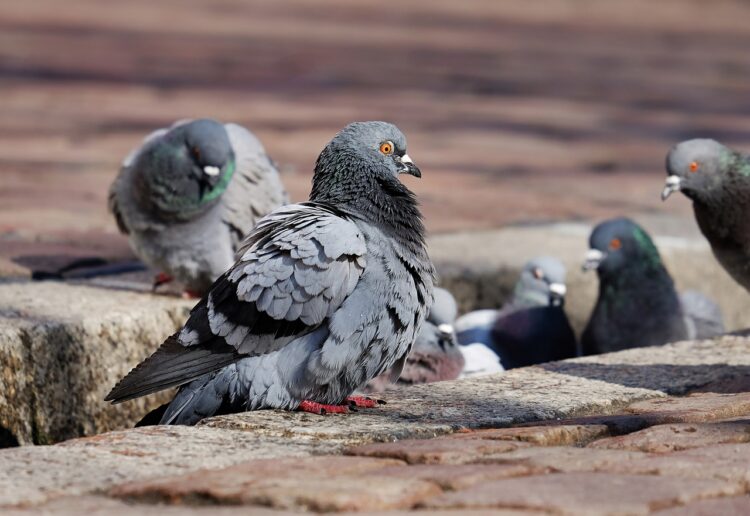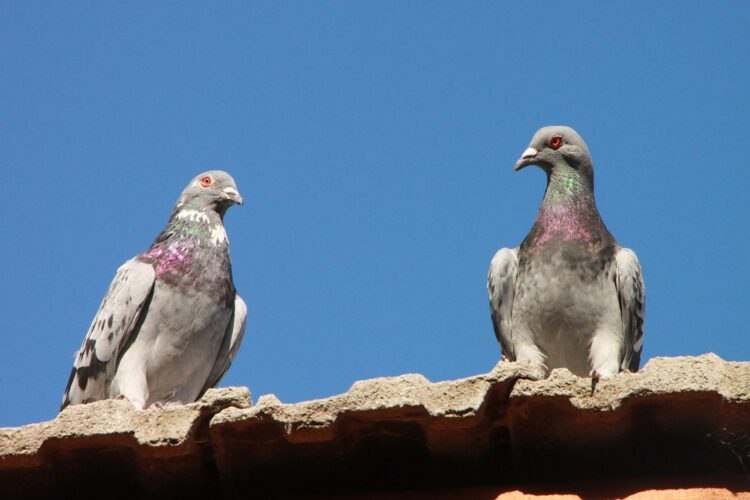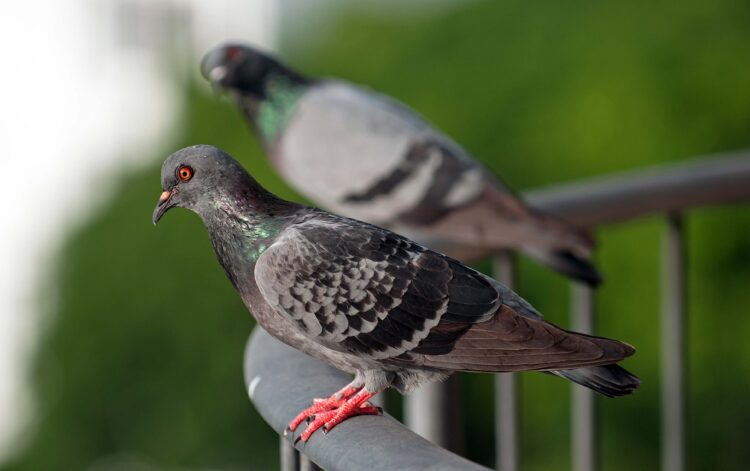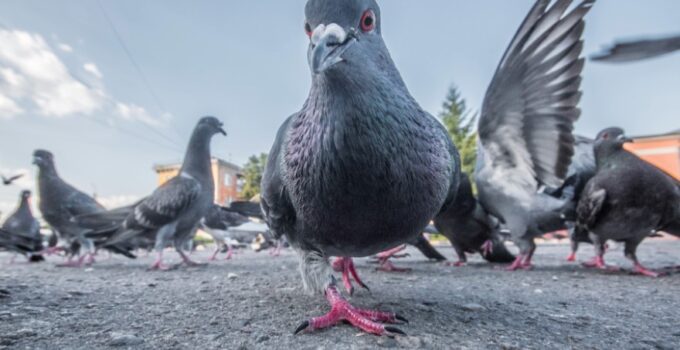A Pigeon problem might not sound that big but can be a real pain if you actually have to deal with it. Pigeons inherit a homing instinct, which is why they were used as a messenger bird, but is a problem now as they return to the roosting sites they feel attached to.
Not only that breed relatively frequently and that resort to laying eggs on bare surfaces, which can result in a small problem becoming a huge one in no time. And that also means that it isn’t as simple as simply getting rid of their nests, you will need to do a little more than that to properly cater to this issue.
Ovocontrol’s how to get rid of pigeons article will explain all the solutions that are out there and will help to find the best solution for your business.
Page Contents
Fixing your pigeon problem: step-by-step

Source: shieldpest.co.uk
Now that you know all the available methods out there, you need to know which one will be the best solution for your problem, so that you do end up doing too much or too little.
1. Figuring out the bird pressure on the site
First, you need to know how attached the birds are to the area you’re trying to rid them of. This can be divided into three categories:
- High
If the birds are nesting in that area and come back every season/ are extremely attached to the area.
- Medium
The birds have something of interest nearby (mainly food), and like this area for resting.
- Low
Pigeons aren’t really attached to this site, just come to hang out sometimes.
2. Knowing the type of structure being used for roosting

Source: pestdefence.co.uk
The type of area also plays a key role in deciding how you will be handling your pigeon problem. These can be divided into four categories.
- Flat
Places that are not that wide and are flat come under this category e.g. narrow ledges, roof peak, etc.
- Wide
Big storages and areas that cover a wide area come in this category.
- Round/ non-flat
Pipes, signs, polls, etc. everything that isn’t really flat and wide come under this category
- Hard to reach
All the small areas that pigeons can use to make a nest come under this category, these include chimneys, outer units of AC, etc.
3. Figuring out the right solution to your pigeon problem
Once you’ve done all your homework, it’s time to employ the right solution to your pigeon problem.
Most solutions can be categorized into five major categories
- Birth control
Special feed is placed in convenient spots easily accessible to the birds. This feed acts as birth control and interferes with their eggs’ ability to hatch, a permanent but slow solution, this can be employed if there is a wide area that the birds are covering and the pressure is high. Most other methods don’t work in such cases and if you want this problem to return you need to permanently remove these birds.
Examples of areas that can employ this solution are factories and refineries where these birds can be a cause of contamination and other problems relating to their droppings and nests, such as corrosion, mess, and odor. And where you cannot call it a day by simply putting up spikes, as the birds will always find some new place to roost.
A few conveniently placed feeders will make sure that the birds don’t produce any more offspring and will die out eventually.
If the population of the birds is too much, then you might have to employ another solution along with Birth control.
- Culling

Source: pigeonpatrol.ca
Killing the birds by the use of either poison, shooting, traps, etc. A rather fast but temporary solution. This is something that most people think works, as they can count all the dead birds, but doesn’t. Not to mention, most people would consider this method inhumane and there will be many dead birds that you will need to get rid of.
Pigeons mate all year and can lay eggs even on bare surfaces if need be. So this method mostly backfires as a low pigeon population encourages these birds to mate more. This method should only be applied alongside some other, permanent solution.
- Deterrents
This includes using anything that discourages pigeons to roost in certain locations. E.g. Reflectors, scarecrows, high light sources, etc.
If the bird pressure around the area is low, these can be quite effective and cheap. These work where physical Exclusion cannot work, such as structures that are not flat (third category). Covering wide areas with a mesh, adding strings to pipes, making it harder for birds to balance on them, or the addition of reflectors or scarecrows can significantly help you with your pigeon problem.
- Physical Exclusion’
Anything that hinders pigeons from landing or roosting in certain places come under this category. Stuff like spike strips, wire meshes, shock wires, etc. all come in this category.
These are great for places where the pressure is moderate to low. And mainly the problem relating to pigeons is dirty pathways and odor in certain entrances. Office buildings and other urban structures can employ this, by placing a few spike strips or wire meshes around the areas that the bird typically uses to roost and make a mess. This will not eradicate the issue but push the birds somewhere else, where them making a mess isn’t a big problem. If the pressure is high then you might want to employ a more permanent solution alongside this like birth control.
- Repellents
Pretty similar to the third category, the only difference here is that the deterrents are mostly chemical-based. E.g. fog, sprays, gels, etc. same as the others in the list, if the bird pressure is low, this method is quite effective for places where it’s hard to reach. A simple spray can make the birds leave that area and roost somewhere else.





